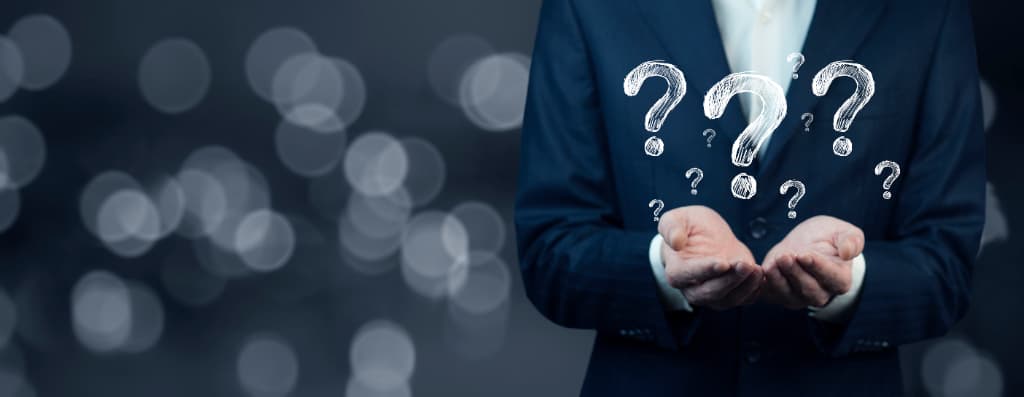About Our Services
We offer the following solutions tailored to your needs:
- AI-based visual inspection systems
- Subscription-based dispatch of AI-equipped 3D picking robots
- On-demand sales of industrial components
All offerings are customizable to meet specific customer requirements.
Our system is primarily capable of detecting the following:
- Surface scratches and dents
- Foreign material contamination
- Color irregularities and coating defects
- Dimensional deviations and deformation
Our AI models are tuned to achieve 100% recall (zero missed defects) and less than 1.5% false positives (98.5% or higher precision). Prior to deployment, we conduct sample-based feasibility tests to ensure guaranteed detection performance.
Supervised learning uses samples with clear OK/NG labels, enabling highly accurate defect detection.
Unsupervised learning detects anomalies based on deviations from normal samples, without needing NG labels.
We recommend the most suitable method based on the type of product and the amount of data available.
Yes. Our system can be customized to integrate with your existing equipment. After assessing your facility, we propose the most effective installation method. Please contact us for more details.
We support a wide variety of materials, including:
- Metals
- Plastics
- Rubber
- Films
- Urethane
- Food packaging materials
Please contact us for compatibility with your specific product.
Yes. Thanks to our flexible AI learning settings, our system is well-suited to high-mix, low-volume production environments.
Our AI-powered 3D picking robot is capable of efficiently picking up randomly stacked parts, including those with complex shapes.
We provide high-precision machined parts, including those with strict dimensional requirements. Custom orders are also welcome.
Technology & Features
Accuracy depends on the product and data, but we have achieved 100% recall and 98.5% precision in practice. Prior to deployment, we conduct thorough testing and validation to ensure reliability.
Our system uses high-resolution cameras to capture images of the product, which are then analyzed by deep-learning-based AI models. The AI has learned to recognize patterns in shape, color, and texture, enabling it to detect even subtle defects and dimensional deviations in real time — beyond what the human eye can reliably see.
Implementation & Testing
The standard process includes:
- Initial inquiry
- Requirements hearing
- Feasibility assessment for AI-based inspection
- Formal order placement
- Software and equipment development
- Witness testing (remote or on-site)
- Equipment delivery, installation, training, and handover
- Ongoing operational support
Typically, implementation takes 1 to 6 months, depending on the complexity and scale of the project.
Yes, we offer PoC and trial testing services. Depending on conditions, a fee may apply. Please contact us for details.
For unsupervised AI: Approximately 30–50 OK images
For supervised AI: Ideally 50 or more of each NG category as well as a few OK images
Sample requirements may vary depending on the target product.
We provide a recommended setup based on your workpiece, and final adjustments can be made accordingly.
Retraining can be performed by the customer using our optional retraining tool (sold separately). Alternatively, customers who subscribe to our retraining support plan (Premium or Standard Service Plan) can rely on us for periodic or event-driven model updates. Remote assistance is also available upon request.
Pricing
Yes, we offer both bundled and standalone options. You may use your own imaging equipment and purchase only our analysis software, or vice versa.
The only initial costs are the installation fee and the custom robot hand. Please contact us for an estimate.
Support & Operation
In case of system trouble, we provide remote troubleshooting and, if necessary, on-site support.
Our service plans include regular maintenance, troubleshooting, and software updates. Please refer to the comparison chart for each plan’s details.
We offer support packages that include emergency troubleshooting and operational training. All subscription plans include regular maintenance to ensure continued performance and peace of mind.
Yes, we provide remote or on-site training for operators and managers as part of the implementation process.
Simple daily checks are sufficient:
- Startup check using reference samples
- Confirmation of camera and lighting status
- Monthly maintenance (cleaning and log reviews)
Environmental and Sustainability Efforts
Yes, we offer stainless steel and waterproof designs that comply with hygiene standards for food-related applications.
Our systems are designed to reduce waste and energy consumption, contributing to more sustainable production and efficient resource use.
About the Imaging Package
Yes, technical knowledge is not required. ANOMALIA is designed with a simple “capture and click” process that allows AI learning to be completed with just a few steps.
We also provide the following tools and support to assist with sales activities:
- Proposal document templates
- PoC (Proof of Concept) support
- Distributable FAQ sheets
The default setup is on-premises (edge-based), but optional cloud integration is available.
Inspection is possible with only OK (non-defective) images. In most cases, you can start with as few as 2–10 images.
Yes. The system includes a function to switch AI models for each product type.
Implementation can be completed in as little as one week.
Other Questions
The standard contract period is 3 years, but we also accept shorter-term or one-time engagements depending on the project.
Yes, we support English and Chinese.
We take multiple countermeasures:
- Built-in lighting to block external light
- AI trained to recognize rust-preventive oils and coolant
- Use of environment-resistant cameras and regular calibration

